Introduction
Being a dog parent means that you're always on high alert for the well-being of your furry friend. But what happens if your dog eats something toxic? Let’s dive into the steps you need to take to ensure your pup stays safe and healthy.
Recognizing Signs of Toxicity
Common Symptoms
The first step is recognizing that your dog might have ingested something toxic. Common symptoms include vomiting, diarrhea, excessive drooling, and lack of coordination. Your dog might also show signs of lethargy or agitation.
Behavior Changes
Keep an eye out for sudden changes in behavior. If your typically energetic dog becomes unusually quiet or if your calm dog becomes overly anxious, it could be a sign something is wrong.
Physical Signs
Physical signs like swelling, difficulty breathing, or unusual discoloration of the gums are serious indicators that your dog needs immediate attention.
Common Toxic Substances for Dogs
Foods That Are Toxic
Some common foods that are toxic to dogs include chocolate, grapes, raisins, onions, garlic, and certain artificial sweeteners like xylitol. Even small amounts can be harmful.
Household Items
Household items like cleaning products, medications, and certain plants can also pose a risk. Keep these items out of reach and secure at all times.
Outdoor Hazards
Outside, your dog may encounter toxic substances such as certain fertilizers, pesticides, or even some types of mushrooms. Always supervise your dog when they’re outside to prevent them from ingesting harmful substances.
Immediate Steps to Take

Stay Calm
It’s important to stay calm so you can think clearly and take appropriate action. Panic won’t help your dog and might make the situation worse.
Assess the Situation
Try to determine what your dog has eaten and how much. This information will be crucial when you contact the vet.
Remove Access to the Toxin
Remove any remaining toxic substance to prevent further ingestion. Secure the area to avoid additional exposure.
Contacting a Veterinarian
When to Call the Vet
Contact your vet immediately if you suspect your dog has eaten something toxic. Don’t wait for symptoms to appear, as some toxins can take time to show effects.
Information to Provide
Be ready to provide details about what your dog has ingested, the amount, and any symptoms they’re displaying. This will help the vet assess the situation quickly.
Emergency Vet Visits
In some cases, your vet may recommend an immediate visit to the clinic. Don’t hesitate to take your dog in if advised, as prompt treatment can make all the difference.
Inducing Vomiting: When and How
When It’s Appropriate
Inducing vomiting may be recommended by your vet, especially if the ingestion was recent. However, it’s not always the right course of action, so always check with your vet first.
Safe Methods
If instructed by your vet, you can induce vomiting using hydrogen peroxide. Follow the vet’s dosage instructions carefully.
What to Avoid
Never use salt, mustard, or any other home remedies to induce vomiting. These can cause additional harm to your dog.
First Aid Measures
Administering Activated Charcoal
Activated charcoal can help absorb some toxins. Your vet might recommend it based on what your dog has ingested.
Providing Fresh Water
Ensure your dog has access to fresh water. Staying hydrated can help flush out toxins.
Keeping Your Dog Comfortable
Make sure your dog is comfortable and monitor their condition closely. Keep them warm and calm while waiting for professional help.
Veterinary Treatment Options
Diagnostic Procedures
At the vet, your dog might undergo blood tests, X-rays, or other diagnostic procedures to determine the extent of the poisoning.
Common Treatments
Treatment options can include IV fluids, medications to counteract the toxin, and supportive care to manage symptoms.
Follow-Up Care
Follow-up care is crucial. Your vet will give you instructions on how to care for your dog at home and any signs to watch for.
Preventing Future Incidents
Safe Food Storage
Keep all foods, especially those toxic to dogs, securely stored out of your dog’s reach. Use child-proof locks if necessary.
Pet-Proofing Your Home
Pet-proof your home by keeping medications, cleaning supplies, and other hazardous items in secure cabinets.
Educating Family Members
Make sure everyone in your household knows what foods and items are dangerous for your dog and the importance of keeping them out of reach.
Training Your Dog

Basic Commands
Teaching your dog basic commands like “leave it” and “drop it” can be lifesaving. These commands can prevent your dog from eating something harmful.
Positive Reinforcement
Use positive reinforcement to encourage good behavior. Reward your dog when they obey commands and avoid dangerous items.
Avoiding Unsupervised Access
Limit your dog’s unsupervised access to areas where they might find toxic substances. Supervision is key to prevention.
Creating a Dog-Safe Environment
Indoor Safety Tips
Keep your home safe by storing all potentially harmful items out of reach. Consider using baby gates to restrict access to certain areas.
Outdoor Safety Tips
Supervise your dog when they’re outside and be aware of any plants or substances that could be toxic. Regularly check your yard for hazards.
Monitoring Your Dog’s Activities
Always keep an eye on what your dog is doing, both indoors and outdoors. Quick intervention can prevent many accidents.
Understanding Your Dog’s Behavior
Why Dogs Eat Unusual Things
Dogs often eat unusual things out of curiosity or boredom. Understanding this behavior can help you prevent it.
Behavioral Solutions
Provide plenty of mental and physical stimulation to keep your dog engaged and less likely to explore harmful items.
Professional Help
If your dog frequently eats non-food items, consider consulting a professional trainer or behaviorist for additional help.
Resources for Dog Parents
Emergency Contacts
Keep a list of emergency contacts, including your vet, a 24-hour emergency clinic, and poison control hotlines.
Helpful Websites and Apps
Use reliable websites and apps for information on toxic substances and emergency care for dogs.
Local Support Groups
Join local or online support groups for dog parents. Sharing experiences and advice can be incredibly helpful.
Conclusion
Caring for a dog means being prepared for emergencies, including the possibility of them ingesting something toxic. By recognizing the signs of toxicity, taking immediate action, and seeking veterinary help, you can protect your furry friend. Remember, prevention is the best approach—keep toxic substances out of reach and train your dog to avoid dangerous items.
FAQs
What are the most common signs of toxicity in dogs?
Common signs include vomiting, diarrhea, excessive drooling, lack of coordination, and changes in behavior such as lethargy or agitation.
How quickly should I react if my dog eats something toxic?
You should react immediately. Contact your vet as soon as you suspect your dog has ingested something harmful.
Can I treat my dog at home if they eat something toxic?
While some first aid measures can be taken at home, it's crucial to consult your vet before administering any treatment.
What foods are most dangerous for dogs?
Some of the most dangerous foods for dogs include chocolate, grapes, raisins, onions, garlic, and xylitol.
How can I prevent my dog from eating toxic substances?
Prevent access to toxic substances by pet-proofing your home, storing harmful items securely, and supervising your dog closely.


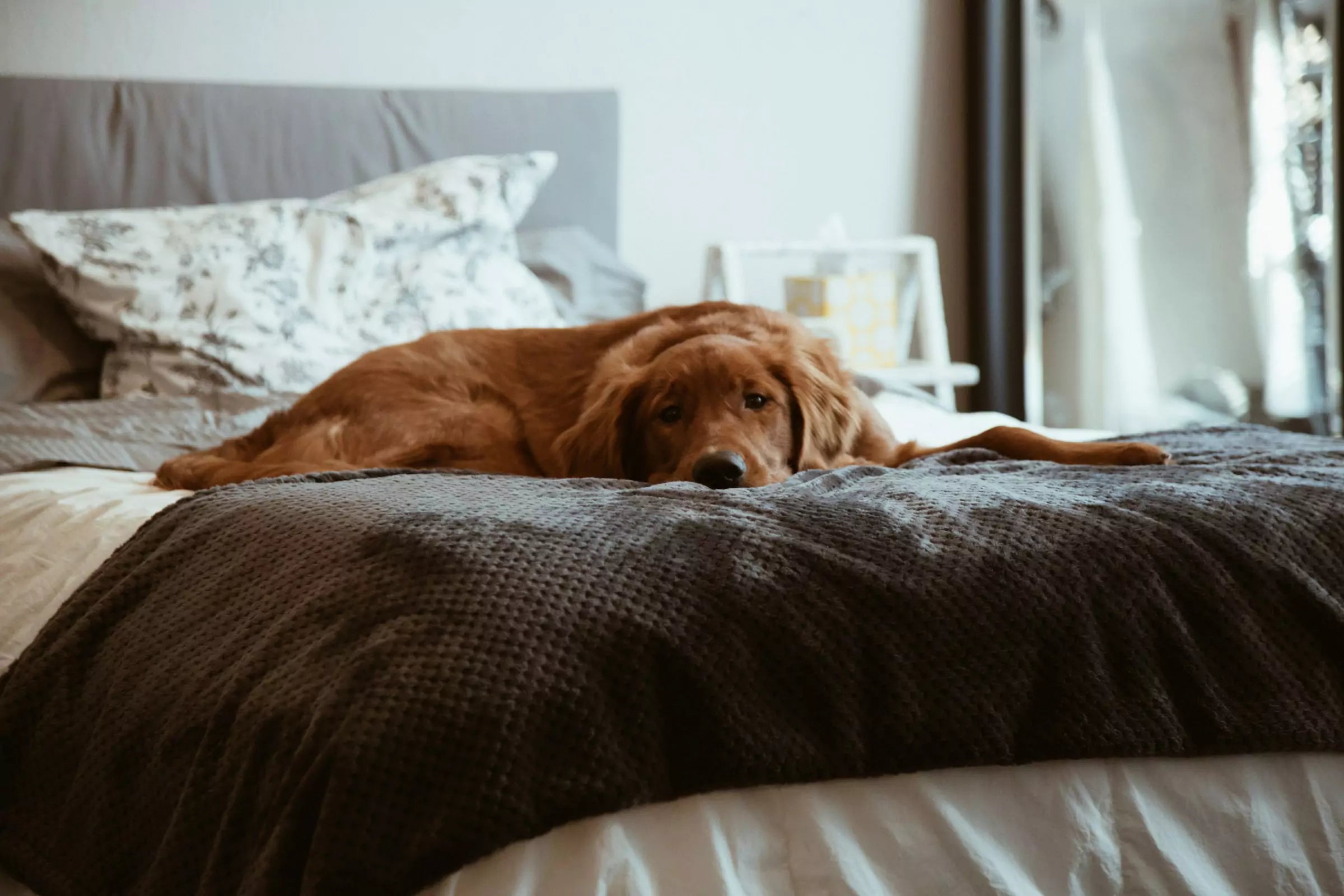

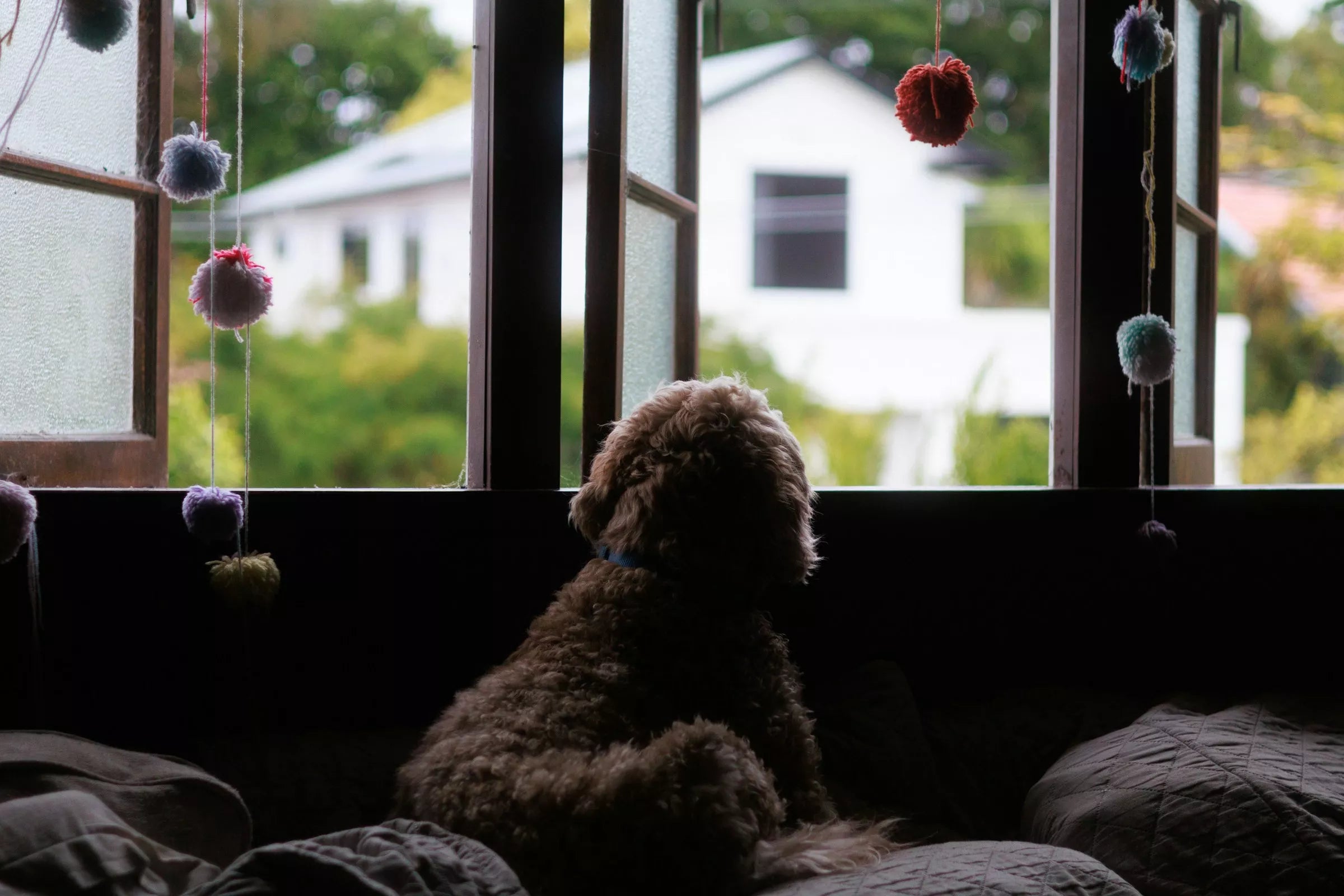
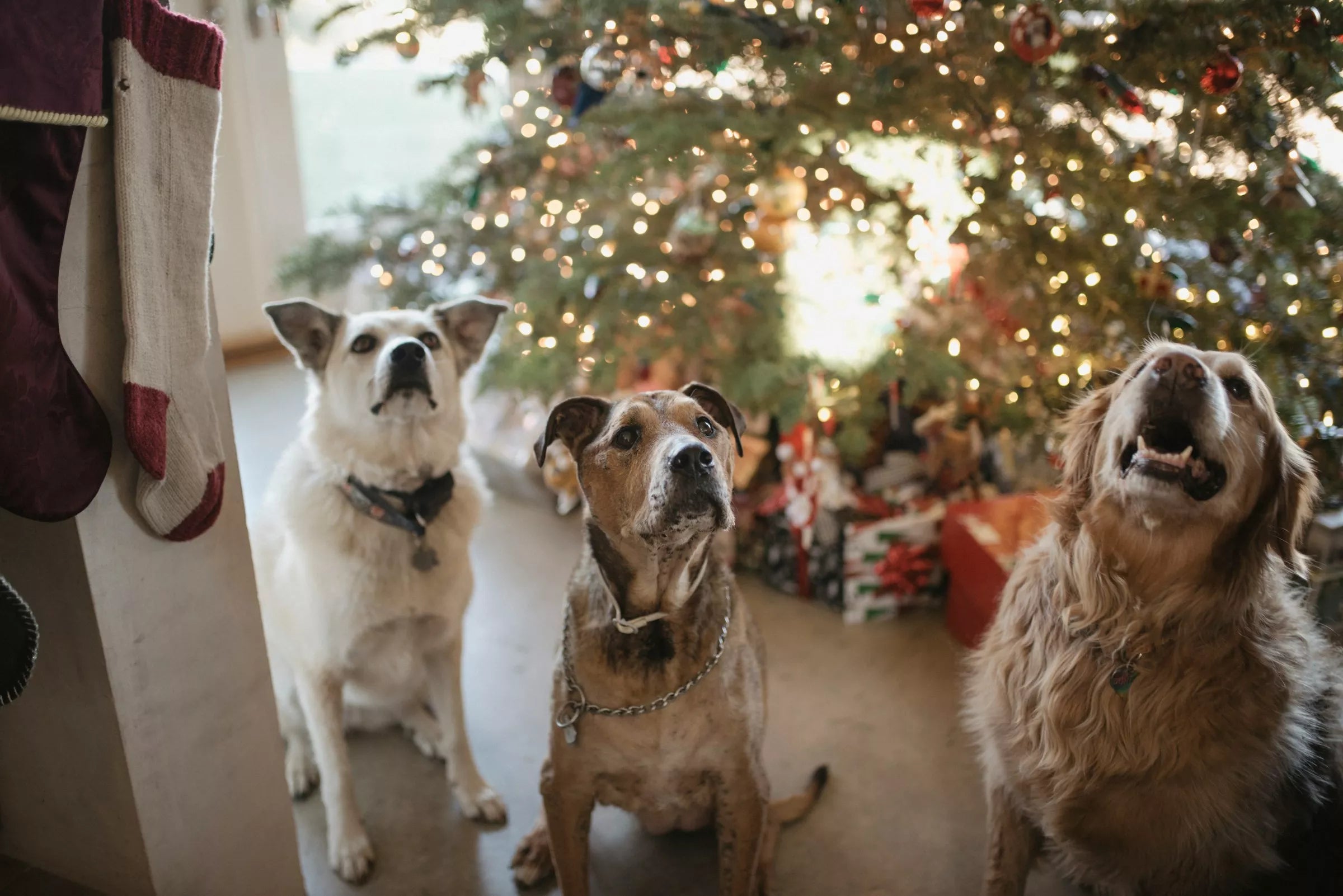
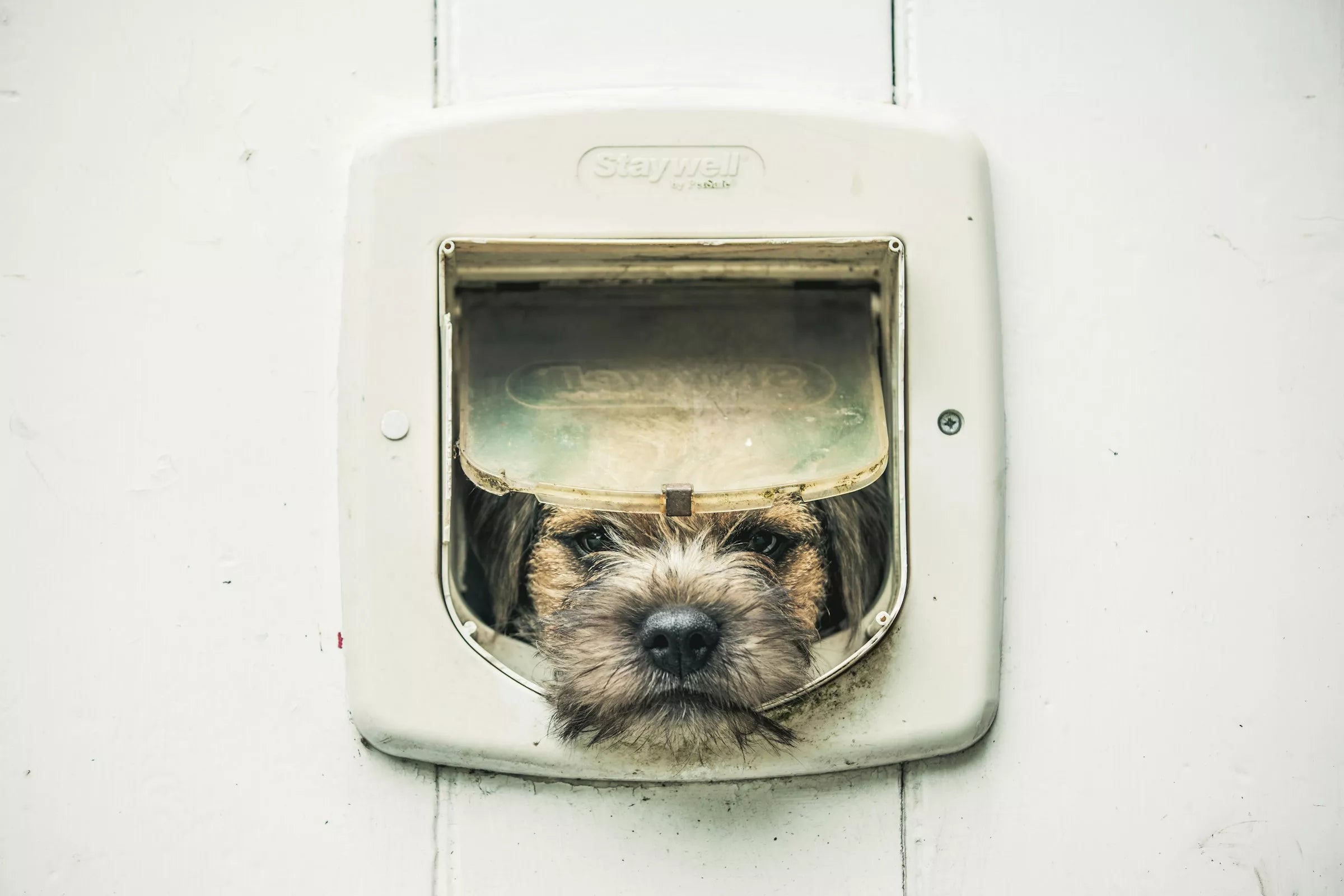
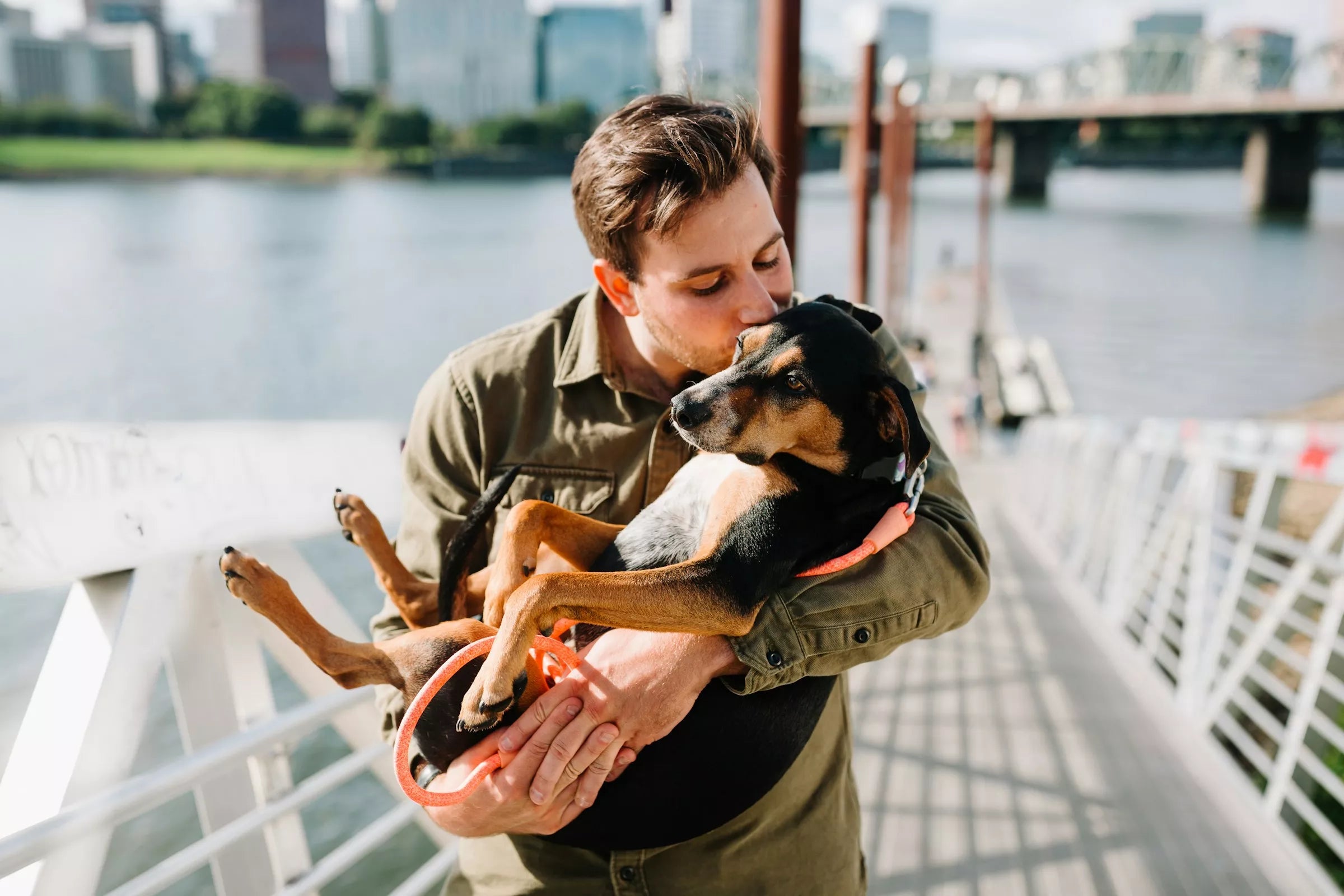
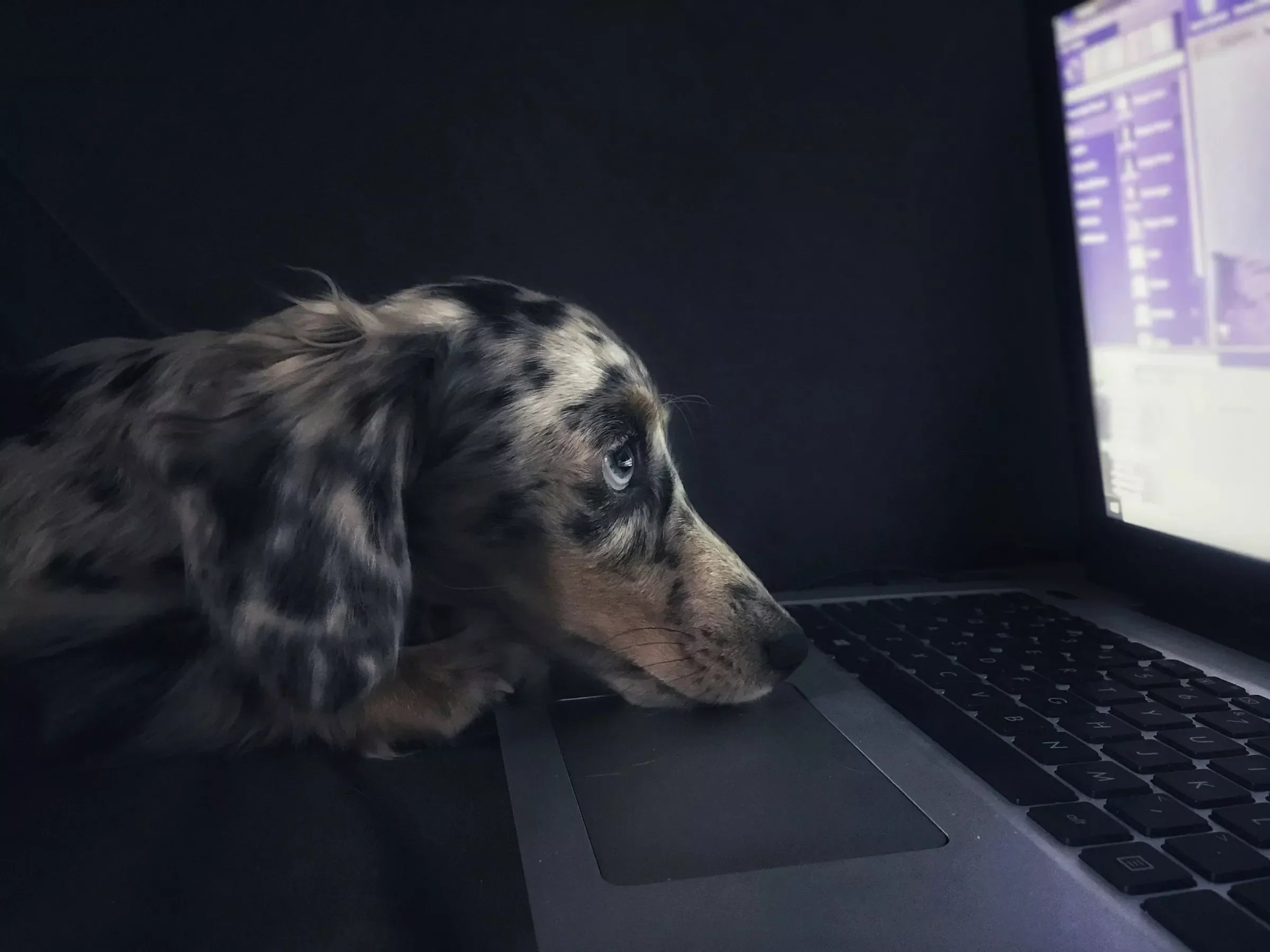






Share:
Alternative Ways to Exercise Your Dog Without Walking
Why Does My Dog Lick Everything?